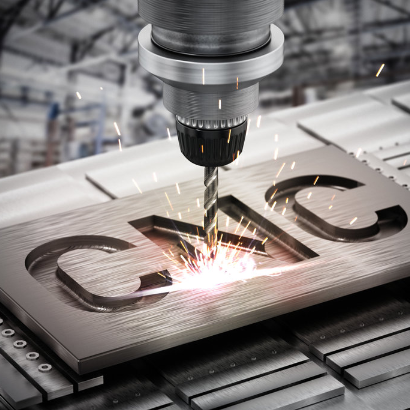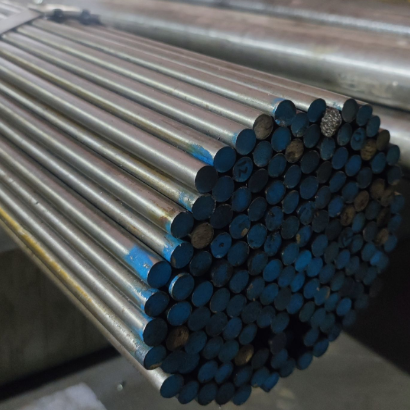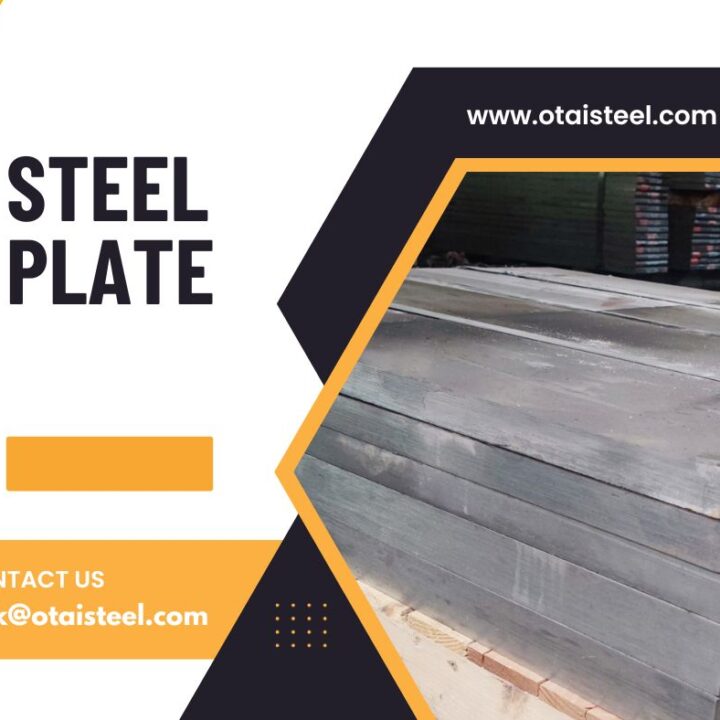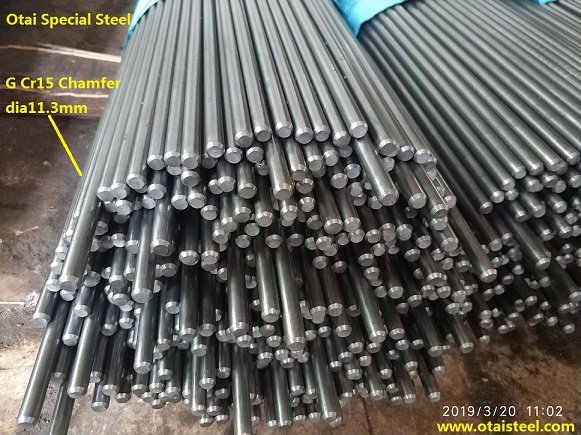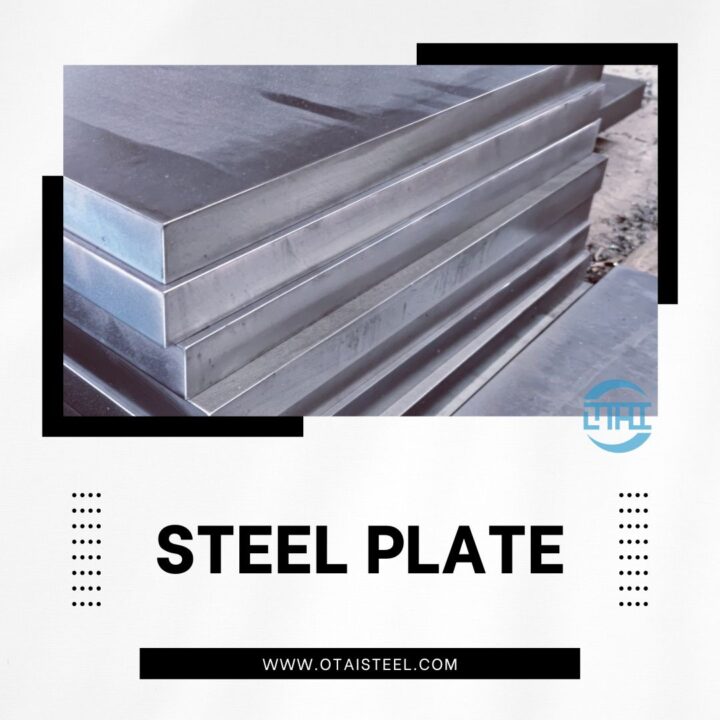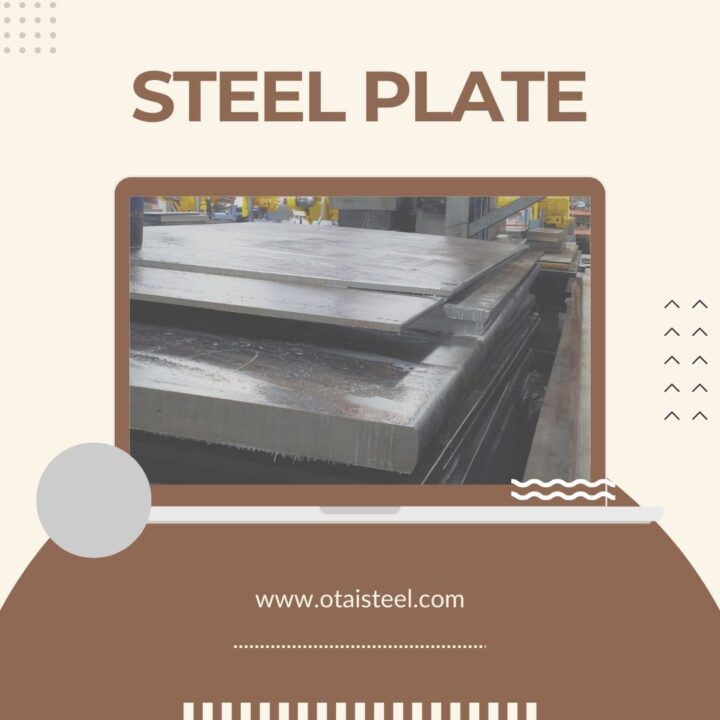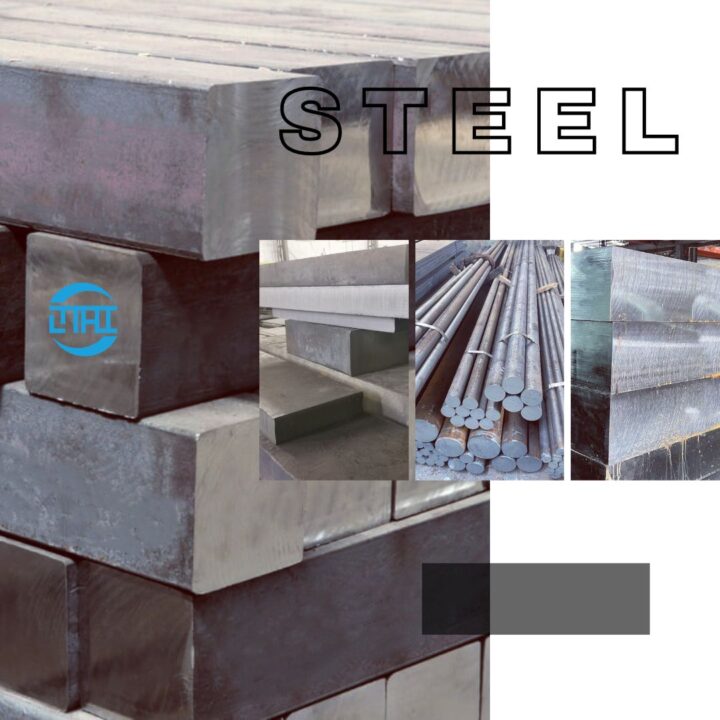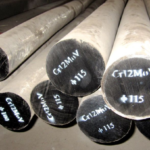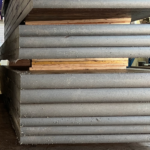7 methods to improve the quenching&tempering process
1. Control of tempering treatment
After the mold parts are taken out from the coolant, they should not stay in the air for a long time, but should be put into the tempering furnace in time for tempering treatment. When tempering, low temperature temper brittleness and high temperature temper brittleness should be avoided. In order to eliminate the internal stress, reduce the deformation and avoid the tendency of cracking, several tempering treatments are adopted after quenching for some die parts with precision requirements.
2. Protection of quenched parts
Quenching and tempering treatment is an important link that affects the deformation or cracking of stamping die parts during heat treatment. Effective protective measures should be taken for the parts that are easy to deform or crack, such as punch and die, so as to make the shape and section of the parts symmetrical and the internal stress balanced. The common protection methods are as follows: A. packing method; B. filling method; C. blocking method.
3. Determination of heating temperature
If the quenching temperature is too high, the austenite grains will be coarse, oxidation and decarburization will occur, and the tendency of deformation and cracking will increase. Within the specified heating temperature range, if the quenching heating temperature is too low, the inner hole of the part will shrink and the diameter of the hole will become smaller. Therefore, the upper limit of heating temperature should be selected; for alloy steel, if the heating temperature is too high, the inner hole will expand and the pore size will become larger, so the lower limit of heating temperature should be selected.
4. Improvement of heating mode
For some small punch dies or slender cylindrical parts (such as small punches), they can be preheated to 520-580 ℃ in advance, and then put into a medium temperature salt bath furnace to heat up to the quenching temperature. Compared with the direct use of electric furnace or reverberatory furnace to heat and quench, the deformation of the parts is obviously reduced, and the cracking tendency can be controlled. Especially for high alloy steel die parts, the correct heating method is: preheat first (530-560 ℃), and then rise to quenching temperature. During the heating process, the time of high temperature should be shortened as far as possible to reduce the quenching deformation and avoid the production of small cracks.
5. Selection of coolant
For alloy steel, isothermal quenching or step quenching in hot bath of potassium nitrate and sodium nitrite can be used to reduce quenching deformation. This method is especially suitable for stamping dies with complex shape and precise size. The austempering time of some porous die parts (such as porous die) should not be too long, otherwise the hole diameter or hole distance will become larger. Vacuum gas quenching can also be used. When the cooling effect of gas quenching is poor, professional vacuum quenching oil is recommended.
6. Quenching treatment before WEDM
For some stamping die parts processed by WEDM, the hierarchical quenching and multiple tempering (or high temperature tempering) heat treatment process should be adopted before WEDM to improve the hardenability of parts and make the internal stress distribution tend to be uniform and in a small internal stress state. The smaller the internal stress is, the smaller the tendency of deformation and cracking is.
7. Optimization of cooling mode
When the parts are taken out from the heating furnace and put into the coolant, they should be put into the air for proper precooling, and then put into the coolant for quenching, which is one of the effective methods to reduce the quenching deformation and prevent the cracking tendency of parts. After putting the coolant into the die parts, they should be rotated properly, and the rotation direction should be changed, which is conducive to maintaining a uniform cooling rate of the parts, and can significantly reduce the deformation and prevent the tendency of cracking.
